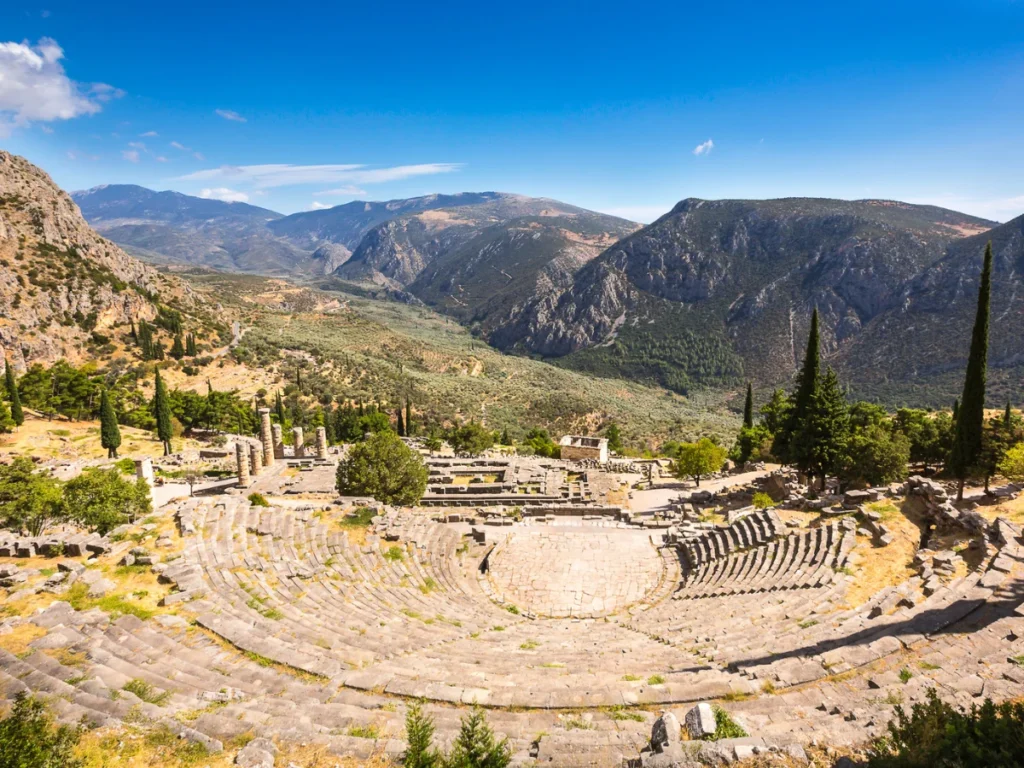The goddess Artemis was the mighty huntress of ancient Greece
Artemis was the mighty huntress of ancient Greece. Artemis, a revered figure in ancient Greek mythology, emerges as a symbol of untamed beauty and strength. As the fierce huntress and guardian of wild creatures, she wields her bow and arrows with unparalleled precision. Associated with both the moon’s shifting phases and the natural world, Artemis embodies the potent duality of mystery and mastery. Her legacy endures as a timeless tribute to independence and the enduring allure of nature’s wild heart.

Artemis: the mighty huntress of ancient Greece
Artemis, one of the most prominent deities in ancient Greek mythology, is a captivating and multifaceted figure. As the daughter of Zeus and Leto, and the twin sister of Apollo, she is associated with nature, hunting, the moon, and the protection of wild animals. With her impressive skills and strong character, Artemis embodies a multifaceted symbolism that resonates through the ages.
Origin and Mythology
Artemis was born on the island of Delos, where her mother Leto sought refuge to give birth to her two children after a long and arduous pregnancy. Artemis’ early life was marked by her connection to nature and the wild environment. Her youthful passion for hunting and wild animals made her a protector of nature and an advocate for its beauty and integrity.
The Huntress and Guardian of the Wilderness
Artemis was most renowned as a skilled archer and huntress. With her unwavering precision and prowess, she earned the respect of hunters and nature enthusiasts alike. Those engaged in hunting turned to her for guidance and strength. Armed with her bow and arrows, she was an unparalleled master who balanced elegance with power, often assuming the role of a guardian of wild animals and their habitats.
Artemis and the Moon
The moon held significant symbolism within the cult of Artemis. She was associated with the moon and its shifting phases, with the moon seen as a reflection of her beauty and strength. At times, Artemis was referred to as “Selene” when linked to the moon’s light and mysteries. Her influence over the moon symbolized her ability to be present while also remaining mysterious and unattainable.
Artemis in Culture
Artemis could exercise her power both on land and in the sea. In artistic depictions, she was often portrayed with her bow and arrows in a woodland setting or surrounded by animals. Her sculptures and images showcased her as an independent and formidable goddess, standing for autonomy and freedom. Her cult had a significant presence across the ancient world, with temples dedicated to her found in various locations, including the magnificent Temple of Artemis in Ephesus.
Legacy Summary
Artemis embodied not only hunting and nature but also chastity and virginity. She rejected numerous suitors and remained devoted to her independence. Her strength and self-reliance made her a role model for young women, helping shape ancient societies’ perceptions of female power and autonomy.
Artemis is an integral part of the rich tapestry of ancient Greek mythology. Her character and mythology represent not only divine power and prowess but also a love for nature and an understanding of its complexity. Across generations, Artemis has continued to inspire and captivate with her intricate personality and profound symbolism, her influence extending far beyond the ancient times.
More History

Aristotle’s metaphysical framework
Aristotle’s metaphysical framework, foundational in Western philosophy, explores the nature of reality, substance, and causality, shaping philosophical inquiry for centuries with its profound insights and enduring influence.

Callisthenes was a nephew of Aristotle
Callisthenes, Aristotle’s nephew, shared familial ties with the renowned philosopher. It showcased the intellectual lineage within their family and potentially influencing his own pursuits in the realm of knowledge and learning.

The Classical era in Ancient Greece
The Classical era in Ancient Greece, spanning from the 5th to 4th century BCE, marked a pinnacle of art, philosophy, and democracy, leaving an enduring legacy in Western civilization. The Hellenic Period started after.
